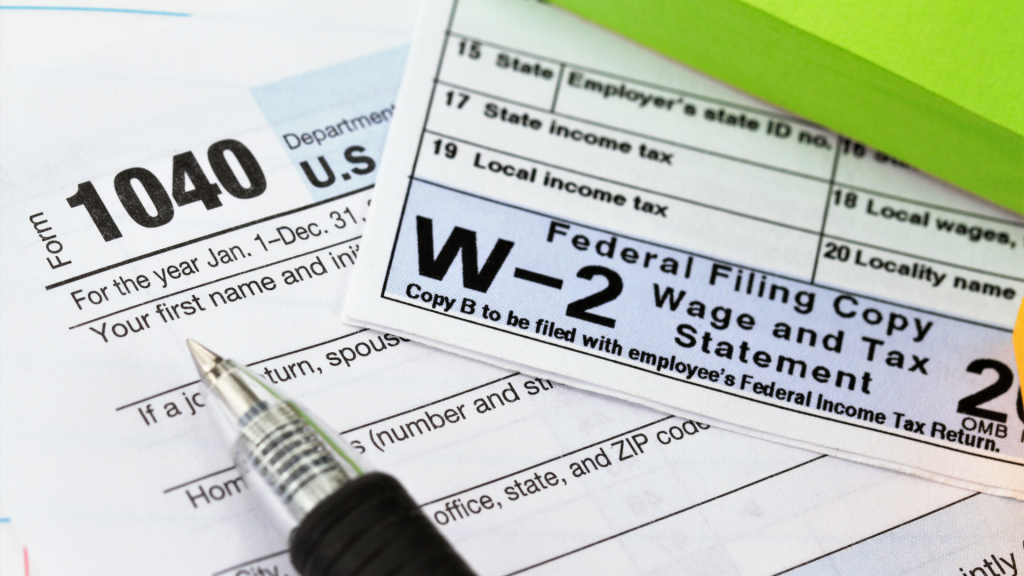Don’t Leave Money on the Table

As the year winds down, every smart real estate investor is thinking about one thing: taxes.
The fourth quarter is your most critical window to proactively lower your taxable income. Since the reinstatement of 100% Bonus Depreciation in 2025, the incentives for real estate investment have never been stronger.
But these powerful tax breaks require strategic timing and, most importantly, impeccable documentation.
Here are the three essential tax strategies you should be discussing with your CPA right now, and how partnering with our professional property management team helps you unlock every single deduction.
1. Leverage the Return of 100% Bonus Depreciation with Cost Segregation
The single biggest tax benefit of owning rental property is depreciation—a non-cash expense that reduces your taxable income without costing you a dollar of cash flow.
While property is usually depreciated over 27.5 years, a Cost Segregation Study accelerates this process dramatically.
The Strategy: A cost segregation study reclassifies certain non-structural components of your property (like appliances, carpeting, cabinets, site improvements, and special electrical systems) into shorter recovery periods—typically 5, 7, or 15 years.
The 2025 Advantage: Thanks to the restoration of 100% Bonus Depreciation, every dollar reclassified into these shorter recovery periods can be written off immediately in the first year the property is placed in service. This creates massive paper losses that can offset substantial income from other sources, potentially saving you tens of thousands of dollars.
⏰ Action Item: To claim this deduction for the current tax year, the property must be placed in service before December 31st. If you’re planning on acquiring a new property or completing a major renovation (read below), the clock is ticking!
2. Time Your Expenses for Maximum Impact
For most real estate investors, timing is everything. If you are a cash-basis taxpayer, you can accelerate deductions by paying for expenses now rather than waiting until the new year.
This is where professional property management becomes a huge tax planning asset:
- Pre-Pay Management Fees: You can often pay for future property management services in December and deduct them on your 2025 return, giving you an immediate write-off.
- Accelerate Maintenance & Repairs: Necessary repairs (which keep a property in working order, like fixing a leak or replacing a broken fence panel) are 100% immediately deductible.
- Improvements (which add value, like installing a new roof) must be depreciated. We can quickly schedule and execute necessary repairs before year-end, ensuring your costs are locked in for the current tax cycle.
- Stock Up on Supplies: Buying deductible supplies (like office equipment, software, or maintenance inventory) before year-end ensures that expense hits your 2025 books.
3. Simplify Your Real Estate Professional Status (REPS) Claim
For high-income investors, the biggest challenge is the Passive Activity Loss (PAL) rule, which usually prevents using real estate losses (like those generated by depreciation) to offset W-2 or investment income.
The workaround is achieving Real Estate Professional Status (REPS), which allows you to treat your property losses as non-passive. However, qualifying requires meeting two stringent time-keeping tests, including logging over 750 hours of participation annually.
The Property Management Difference:
The IRS heavily scrutinizes REPS claims and requires meticulous records. By delegating the time-consuming, low-value tasks to us—such as handling tenant calls, coordinating vendors, running credit checks, and managing day-to-day accounting—you achieve two major benefits:
- Focus on “Material Participation”: You can focus your own logged hours on high-level, strategic activities that are more likely to count toward the 750-hour threshold.
- Impeccable Documentation: Our comprehensive monthly reports, maintenance records, and detailed financial statements provide the clear, audit-proof evidence needed to back up your claim that the time you spent was necessary and qualified.
In short, outsourcing the management tasks frees up your most valuable asset—your time—while providing the paper trail required to secure this lucrative tax status.
Don’t Wait: Proactive Planning Starts Now

Real estate is the most powerful tax shelter available to investors, but only if you use its tools correctly.
As your property management partner, we ensure every expense is categorized correctly, every repair is documented, and you have the records you need to maximize strategies like Cost Segregation and REPS.
Ready to start your year-end planning? Contact us today to review your property’s maintenance schedule and financial strategy for 2025.








